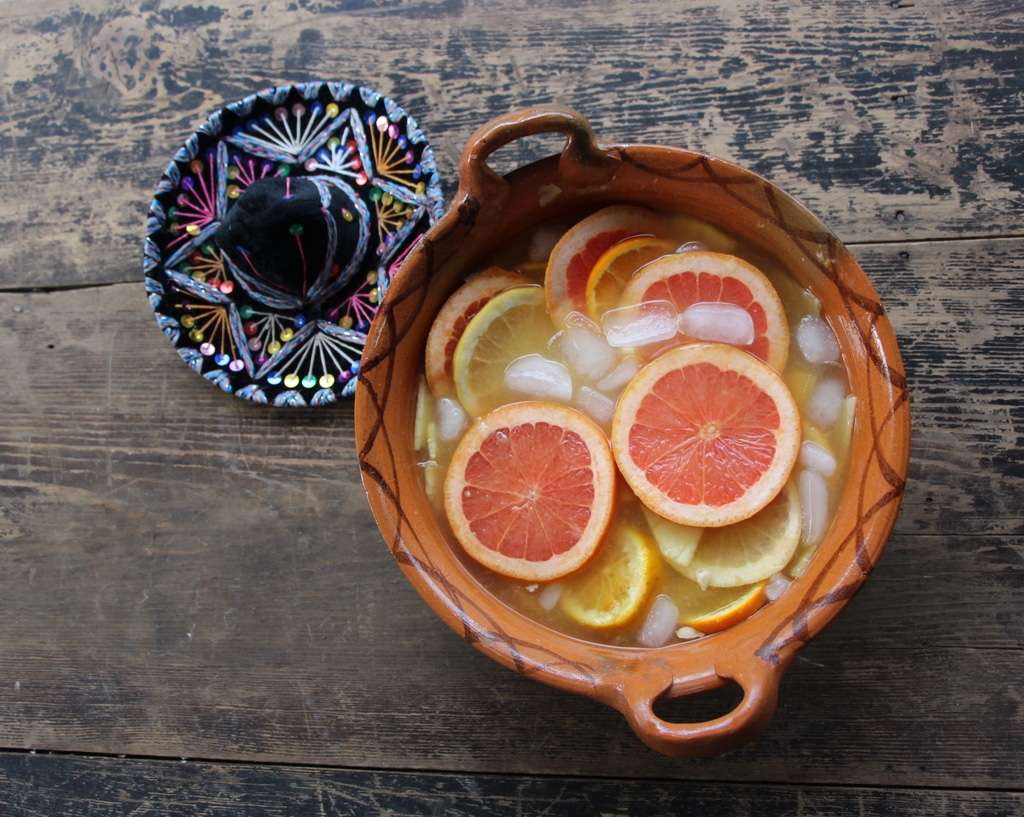Pairing strong alcohol with food can elevate both the dining and drinking experience. The key to a successful pairing is to balance the flavours of the drink with the food, improving the taste of both. This guide will help you understand how to combine different strong alcoholic beverages with cuisine types.
General Principles of Pairing Alcohol with Food
- Balance of Flavors: Strong alcohol can enhance or overpower a dish. The goal is to find a balance where the flavours complement each other.
- Intensity Matching: Pair the intensity of the drink with the intensity of the food. Robust spirits work well with bold flavours, while lighter spirits suit more delicate dishes.
- Complementary and Contrasting: Look for either complementary flavours that harmonize or contrasting hints that create an interesting interplay on the palate.
Pairing Specific Strong Alcoholic Beverages
1. Whiskey
Characteristics: Rich, complex flavours with notes of caramel, vanilla, smoke, and spice.
Pairing Tips:
- Smoky Whiskeys: Pair with smoked meats, grilled steaks, and barbecue dishes.
- Bourbons: Complement with sweet and savoury dishes like glazed ham, roasted pork, and chocolate desserts.
- Rye Whiskeys: Best with spicy foods, such as buffalo wings, and sharp cheeses.
Pairing Examples:
- Scotch and Steak: The smoky, robust flavour of Scotch complements the rich, juicy taste of a well-cooked steak.
- Bourbon and Barbecue Ribs: The sweetness of bourbon pairs perfectly with the smoky, savoury flavours of barbecue ribs.
2. Vodka
Characteristics: Clean, neutral flavour that can be smooth or slightly biting.
Pairing Tips:
- Classic Vodka: Pairs well with light dishes like seafood, sushi, and salads.
- Flavoured Vodkas: Match with desserts or complementary tasteful dishes.
Pairing Examples:
- Vodka and Caviar: The clean, crisp taste of vodka enhances the delicate flavour of caviar.
- Vodka and Smoked Salmon: The smoothness of vodka balances the rich, smoky salmon.
3. Tequila
Characteristics: Earthy, herbal, and sometimes sweet with a strong agave flavour.
Pairing Tips:
- Blanco Tequila: Great with light, fresh dishes like ceviche, tacos, and grilled vegetables.
- Reposado Tequila: Pairs well with richer dishes like grilled meats, mole, and spicy foods.
- Añejo Tequila: Best with desserts, dark chocolate, and rich sauces.
Pairing Examples:
- Blanco Tequila and Ceviche: The fresh, citrusy ceviche pair well with the crisp, clean taste of blanco tequila.
- Añejo Tequila and Dark Chocolate: The complex flavours of añejo tequila complement the richness of dark chocolate.
4. Rum
Characteristics: Sweet, spicy, and sometimes smoky flavours.
Pairing Tips:
- White Rum: Ideal for light, tropical dishes like shrimp, fish tacos, and fruit-based desserts.
- Dark Rum: Pairs well with rich, hearty dishes like jerk chicken, barbecue, and caramel desserts.
- Spiced Rum: Complements spicy, flavorful dishes and desserts with cinnamon or nutmeg.
Pairing Examples:
- Dark Rum and Jerk Chicken: The sweet, smoky flavour of dark rum enhances the spicy, savoury taste of jerk chicken.
- Spiced Rum and Apple Pie: The warm spices in the rum match the cinnamon and nutmeg in the pie.
5. Gin
Characteristics: Herbal, botanical, and often citrusy.
Pairing Tips:
- Classic Gin: Pairs well with light, herb-infused dishes like salads, seafood, and poultry.
- Flavored Gin: Matches with complementary fruits, herbs, and desserts.
Pairing Examples:
- Gin and Tonic with Seafood: The herbal and citrus notes of a gin and tonic enhance the fresh seafood taste.
- Gin and Herb-Roasted Chicken: The botanical flavours of gin complement the herbs used in roasted chicken.
Conclusion
Pairing strong alcohol with food can be a delightful culinary adventure. By understanding the characteristics of each spirit and how they interact with different flavours, you can create harmonious and enjoyable combinations. Whether you’re hosting a dinner party or simply enjoying a meal at home, these tips and pairings will help you make the most of your dining and drinking experience. Cheers!




